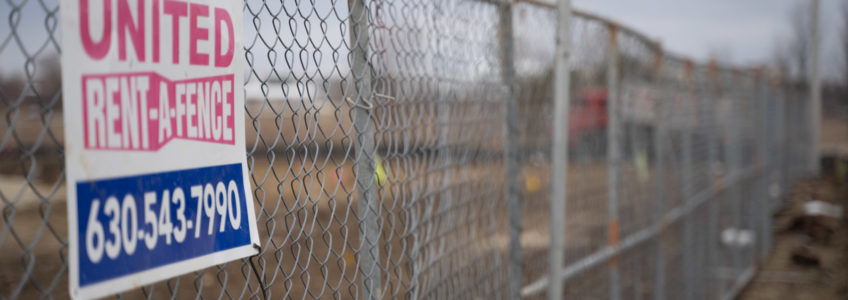
Temporary fencing is essential for various projects, from construction sites to public events. However, proper installation and adherence to local regulations are crucial to ensure safety and compliance. In this article, we will explore the importance of correctly installing temporary fencing, the common permit requirements, necessary signage, and tips for maintaining fencing throughout the rental period to ensure its effectiveness.
Proper Installation of Temporary Fencing
Proper installation of temporary fencing is the foundation of its effectiveness. Temporary fencing serves multiple purposes, including site security, crowd control, and safety. Therefore, it must be installed correctly to withstand external forces such as wind, vandalism, and accidental impact.
1. Choosing the Right Fencing:
The first step in proper installation is selecting the appropriate type of fencing for the project. Common options include chain-link panels, post-driven chain link, silt fence, and orange tree protection. The choice depends on the specific needs of the project, including the level of security required and the duration of use.
2. Preparing the Site:
Before installation, the site must be adequately prepared. This involves clearing the area of debris and ensuring the ground is level. Uneven terrain can compromise the stability of the fencing, leading to potential hazards.
3. Securing the Fencing:
Temporary fencing must be securely anchored to prevent it from being easily displaced. This often involves using weighted bases or sandbags, or driven posts or stakes, depending on the type of fencing. The panels should be connected using sturdy couplers to ensure a continuous barrier.
Compliance with Local Regulations
Ensuring compliance with local regulations is essential when installing temporary fencing. Non-compliance can lead to fines, project delays, and increased liability.
1. Understanding Local Regulations:
Each locality may have specific regulations governing the installation and use of temporary fencing. These regulations often address aspects such as height, materials, and placement. It is crucial to understand and adhere to these requirements to avoid legal complications.
2. Obtaining Necessary Permits:
Many localities require permits for the installation of temporary fencing, especially for large construction sites or public events. The permitting process typically involves submitting detailed plans outlining the fencing layout, materials used, and the duration of the project. It is essential to apply for permits well in advance to ensure timely approval.
3. Required Signage:
Temporary fencing affords builders & property owners the opportunity to hang signage to comply with local regulations. This may include warning signs, “No Trespassing” notices, and contact information for the site manager, or perhaps a visualization of the completed project. Proper signage helps to inform the public and enhance site security.
Tips for Maintaining Temporary Fencing
Maintaining temporary fencing throughout the rental period is crucial to ensure its continued effectiveness and compliance with regulations.
1. Regular Inspections:
Conduct regular inspections to check for any damage or wear. Look for loose connections, damaged panels, and shifted bases. Addressing these issues promptly can prevent more significant problems down the line.
2. Immediate Repairs:
Any damage to the fencing should be repaired immediately. This might involve replacing damaged panels, tightening loose connections, or re-securing bases. Prompt repairs ensure the fencing continues to provide adequate security and safety.
4. Monitoring Weather Conditions:
Weather conditions can significantly impact the stability and condition of temporary fencing. High winds, heavy rain, and snow can cause damage or displacement. Monitoring weather forecasts and reinforcing the fencing as needed can prevent weather-related issues.
5. Documentation and Reporting:
Keep detailed records of all inspections, maintenance, and repairs. This documentation can be crucial in demonstrating compliance with regulations and addressing any disputes or claims that may arise.
Proper installation and adherence to local regulations are essential for the effective use of temporary fencing. Selecting the right type of fencing, preparing the site, and securing the fencing are key steps in the installation process. Understanding and complying with local regulations, including obtaining necessary permits and providing required signage, ensures legal compliance and reduces liability. Regular inspections, immediate repairs, and ongoing maintenance are vital to maintaining the fencing’s effectiveness throughout the rental period. By following these guidelines, businesses can ensure their temporary fencing provides the necessary security and safety for their projects. For expert assistance with installation and compliance, consider partnering with a reputable provider like United Rent-A-Fence, which offers comprehensive fencing solutions tailored to your needs.






